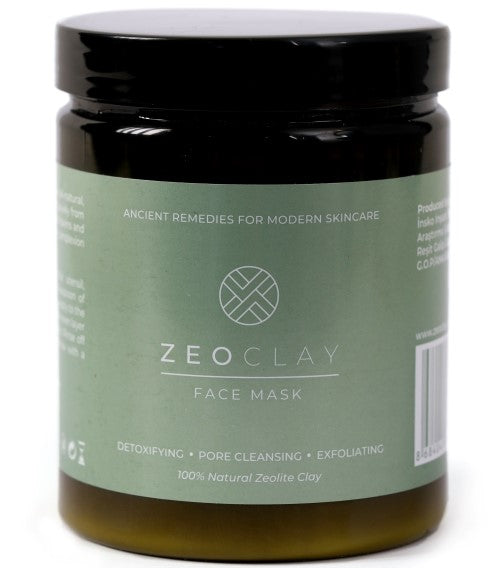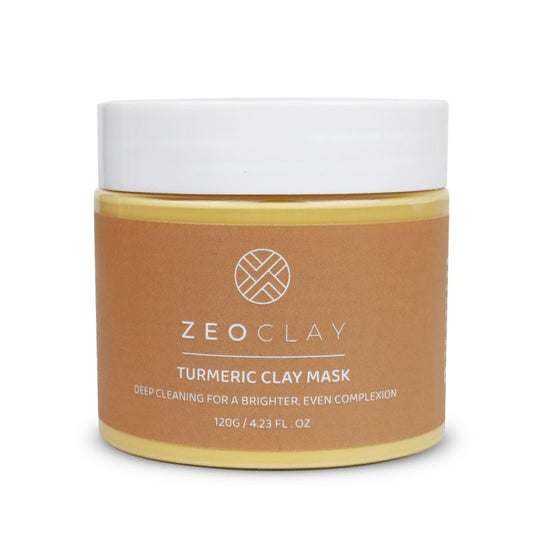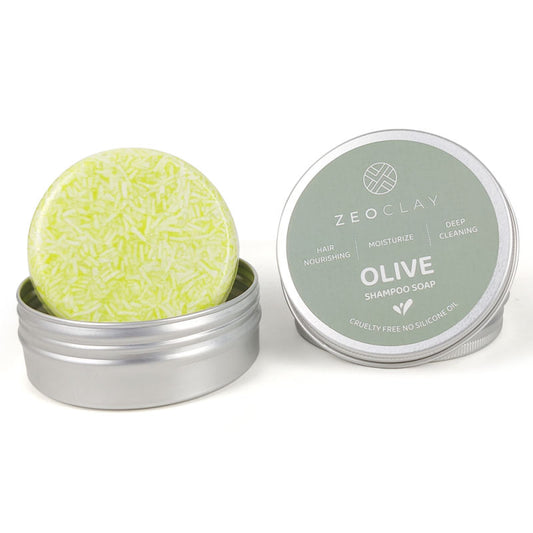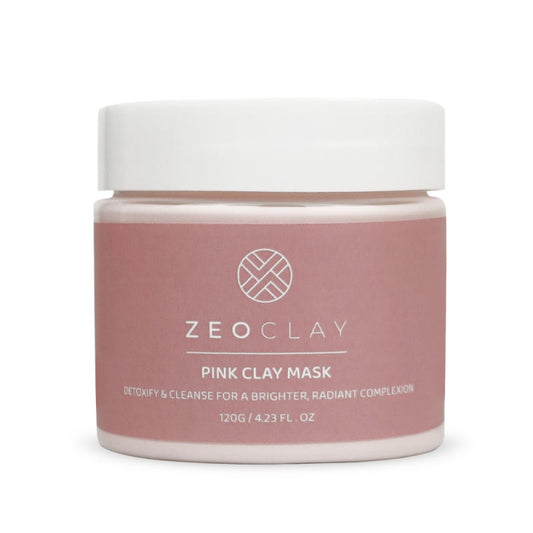Zeolite is a mineral that is anti-inflammatory, an antioxidant, and helpful for clearing pores. First formed more than 300 million years ago, zeolite is a mineral mostly made up of silica (the third most abundant trace element in the human body) and alumina tetrahedra. There are many variations, each one unique to its environment. Some formed when volcanic rocks and ash reacted with seawater; others are freshwater variations.
Why should I use Zeolite?
Despite our best efforts to keep our skin protected from external aggressors, like pollution, dirt, and other particulate matter, our skin and body is still assaulted with a plethora of things that wreak havoc and cause damage. That’s where zeolite comes in: It has an extraordinary ability to absorb, hold, release, and exchange different chemicals, nutrients, and ions according to need in your body. Think of much like the trendy activated charcoal, as it also helps to draw out impurities in your skin.
How Does Zeolite Work?
Zeolite is unique in that its honeycomb, microporous cellular structure is one of nature’s few negatively charged minerals, which means it’s able to attract positively charged contaminants. Inside these negatively charged honeycomb “cages,” healthful minerals such as potassium can be found. Zeolite swaps its healthful, negatively charged minerals for any positively charged contaminants on or in your body. Basically, it takes away the bad stuff by replacing it with good stuff.
Since your body doesn’t absorb the zeolite, the pollutants it sucks up are safely removed when you wash it off your skin.
How do I use Zeolite on my face?
Mask: In a fine powder form, zeolite makes a wonderfully cleansing mask. Mix 2 tablespoon of ZEOCLAY zeolite with 1 tablespoons of water to form a paste. Slather it on your face and leave it for up to an hour. It’ll do a deep cleanse on your pores and help heal any existing blemishes.
What is the difference between Zeolite and Bentonite?
Bentonite and zeolite are two materials that are used in alternative medicine. Although both bentonite and zeolite are used to cleanse the body, the two healing agents come from different sources. Bentonite is a clay whereas zeolite is a crystallized mineral created by lava and water.
What are the properties of Zeolite?
Zeolite comes from crystallized aluminosilicate minerals found in rock deposits worldwide. It is formed when lava is naturally mixed with fresh or salt water. The volcanic ash becomes crystalline over the course of millions of years. Zeolite crystals emit steam when they are heated. The word “zeolite” comes from the Greek words for “boiling stones.” The molecular composition of zeolite is a honeycomb structure made of silicon and aluminum oxides. The negative electric charge created by these honeycombs supposedly attracts positively-charged particles.
How long has Zeolite been used for?
Earth in the form of healing earth from rock powder, clay, peat, clay, loess, mud and moor has been used as a gentle, natural remedy since immemorial times. Zeolite was discovered in 1756 by the Swedish mineralogist and chemist Baron Axel Frederick Cronstedt. The molecular structure of Zeolites has been known since the 1920s, which enabled their use for ion exchange. Since there were not enough natural Zeolites in the 1950s, synthetic Zeolites were produced in the laboratory. Today, natural Zeolites are also mined in large quantities and are of good quality.








